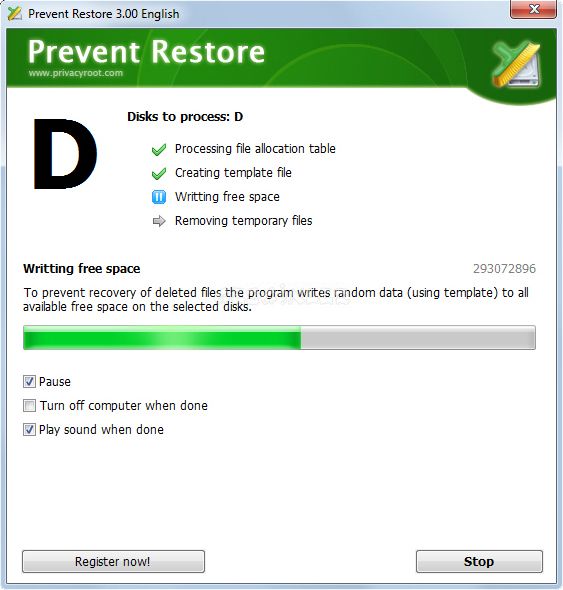
Once we can spot early predictors and signs of burnout, we can take action. So how do we recognize the warning signs of burnout? Organizations with burned-out staff experience low productivity, lost working days, lower profits, reduced talent, and even damage to their corporate reputation (Bruce, 2009). In education, for example, burned-out teachers can negatively impact their students’ education (Bruce, 2009). Its effects are not only felt by the individual. Not only that, they are less productive at work, show reduced concern for others, and are more likely to miss work (Bruce, 2009). The employee is left feeling mentally, emotionally, and physically exhausted.

“Burnout occurs when an individual experiences too much stress for a prolonged period,” writes researcher Susan Bruce (2009). The long-term impact is burnout, identified by “lower psychological and physical wellbeing, as well as dissatisfaction, and employee turnover” (Kolomitro et al., 2019). In increasingly busy, high-pressure working environments, employees often become the shock absorbers, taking organizational strain and working longer, more frantic hours (Kolomitro et al., 2019). Preventing Burnout When Working From Home.6 Programs & Initiatives for HR Professionals.8 Strategies to Prevent Employee Burnout.These science-based exercises will equip you and those you work with, with tools to manage stress better and find a healthier balance in your life. This article explores the warning signs of burnout in the workplace and what we can do to prevent it.īefore you continue, we thought you might like to download our three Stress & Burnout Prevention Exercises (PDF) for free. The impact of increasing workload, a perceived lack of control, and job insecurity lead to high turnover, reduced productivity, and poor mental health (Kolomitro et al., 2019). Indeed, burnout among physicians, which is twice that of the general public, leads to emotional and physical withdrawal from work and can negatively impact safe, high-quality healthcare for patients (Olson et al., 2019).

Burnout is recognized as a break between what people are and what they have to do, and it is typically experienced as emotional exhaustion or depersonalization (Olson et al., 2019 Kolomitro, Kenny, & Sheffield, 2019).


 0 kommentar(er)
0 kommentar(er)
